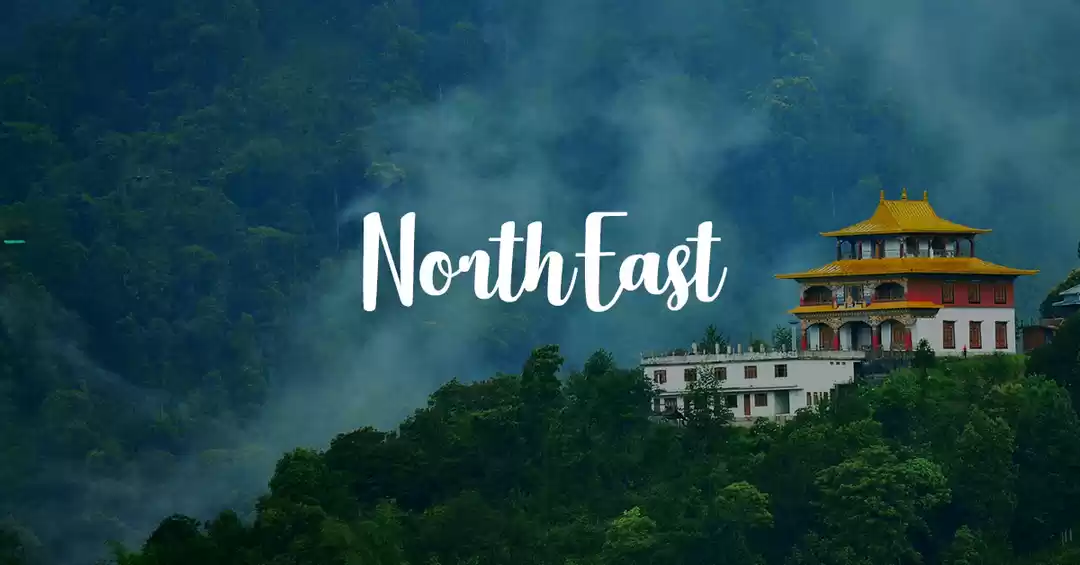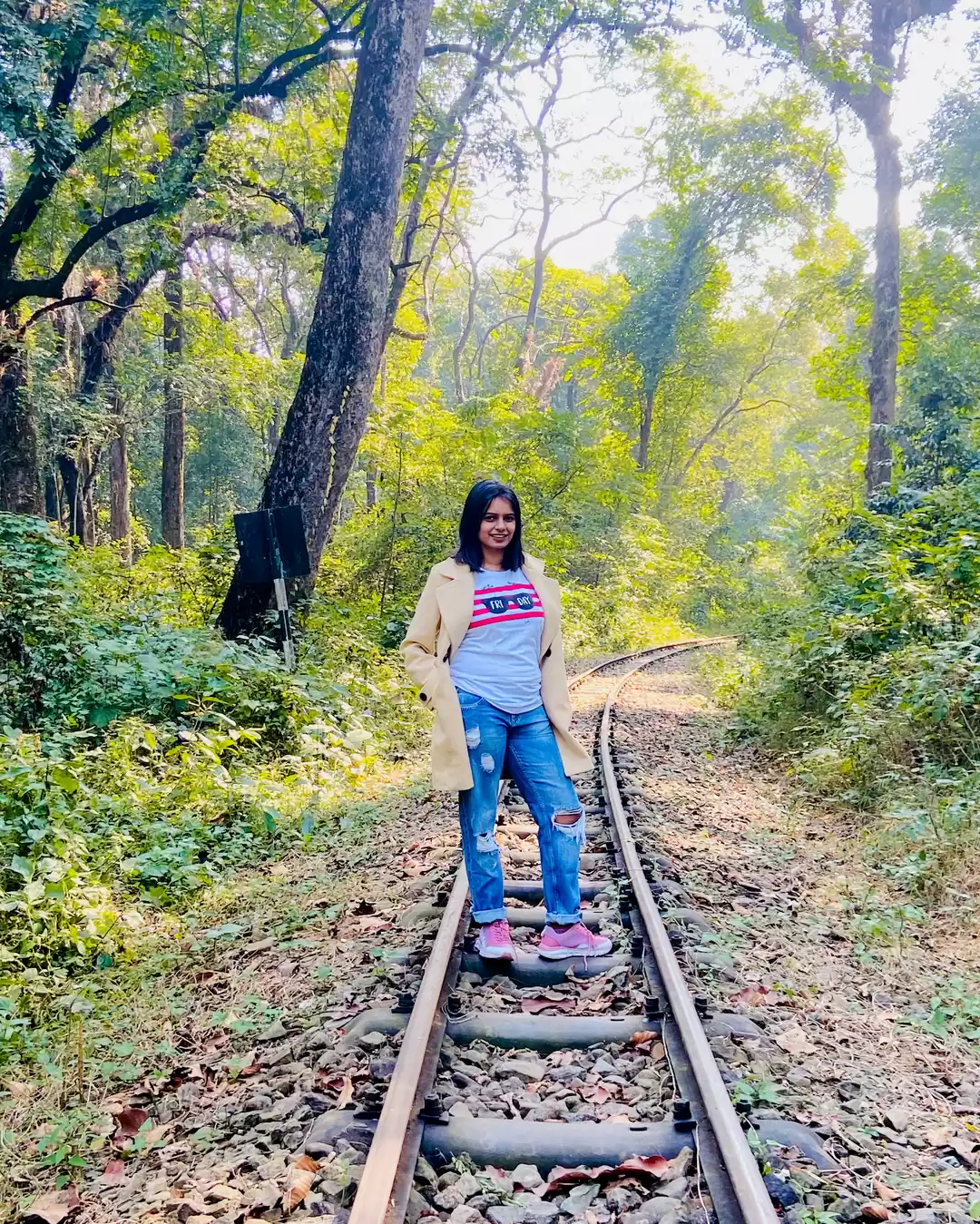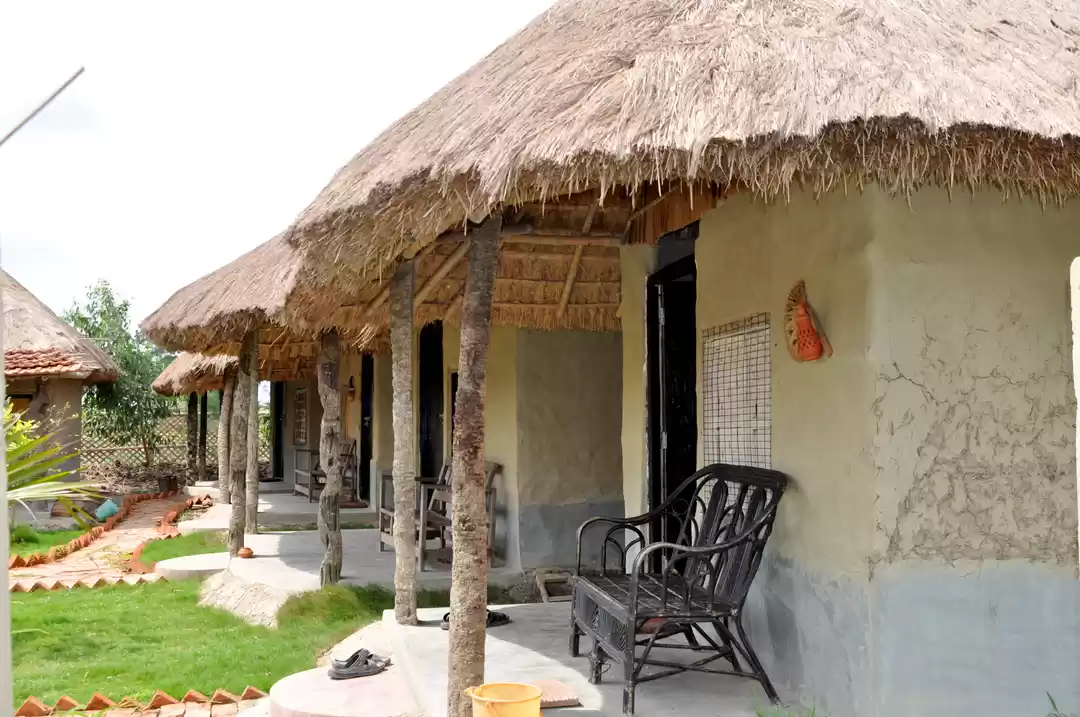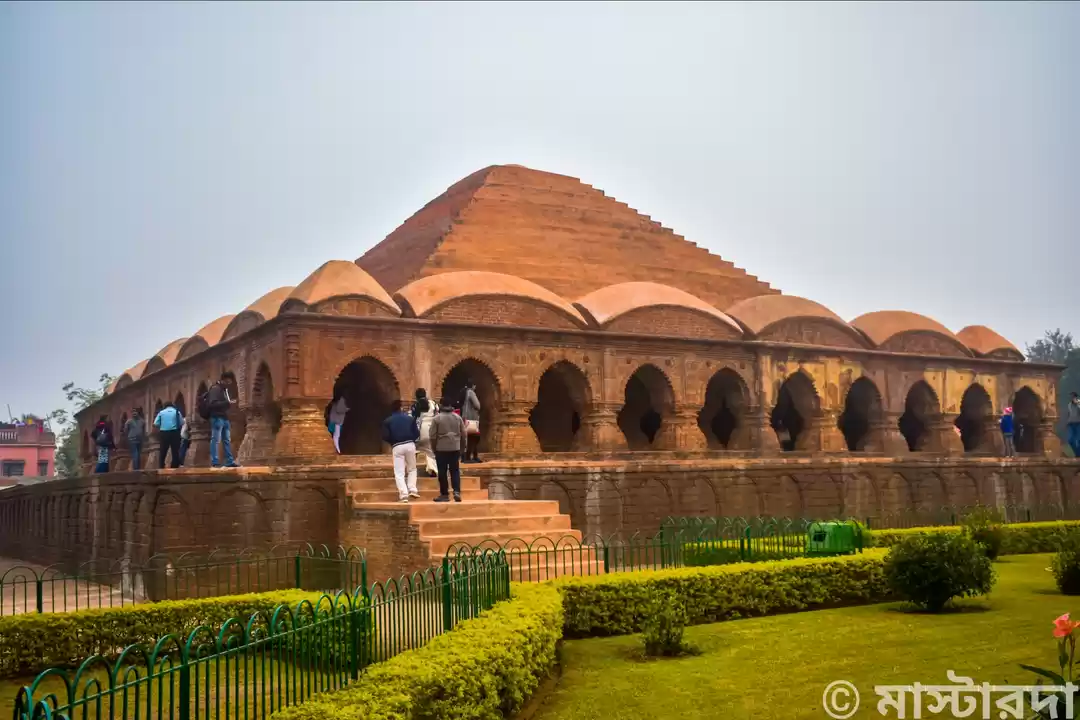At 8 am, I found myself on a state transport bus to Arambagh. One of the simplest ways of getting to Bishnupur would be by bus. Arambagh, 80 kms from Kolkata has direct buses to Bishnupur 60 kms away. I am sure there are direct buses to Bishnupur from Kolkata as well, but the frequency of buses to Arambagh is far higher. I took a bus to the central bus stand at Esplanade and promptly caught the bus to Arambagh. An excruciating 4 hour journey followed. With frequent humps marring the state highway, the journey made me nauseous. If it wasn’t for the seat handles, a few tiny souls would have toppled out. But the journey to from Arambagh to Bishnupur was a stark contrast. The rural Bengal side with its characteristic paddy fields starts an automatic jukebox of Bengali folk songs in every bong’s head. The 90 minute bus ride from Arambagh to Bishnupur was no different. The bus from Arambagh apparently stops at 3 places in Bishnupur. The one that will take you to the temples is called Pokabandh.
I have been wanting to cover Bishnupur for a quite some time now. Bishnupur is home to some of the finest specimens of Bengal Architecture made completely – “of terracotta”. Yeah, you heard that right. Entire temples have been built painstakingly out of blocks of particular clay fired in a kiln. And if that wasn’t enough in itself, exquisite detail is apparent all over the temple exteriors. Some stellar work is on display depicting various facts of Hindu Mythology all along the temple walls. I had read up enough on this place to find employment as a guide. The humidity in Kolkata had intimidated me long enough and I finally decided to fight the heat and ventured to Bishnupur (April 2015).

Bishnupur lies about 150 kms from Kolkata in the Bankura district of West Bengal. Now here’s the thing about Bankura. The Bishnupur subdivision of this district is a historian’s delight. If Bishnupur excels in 18th century terracotta temples, Dihar, another small town in the same subdivision is an archaeological site dating back to 1000 BC and home to some ancient stone tools and other similar artifacts of the prehistoric period. (Some of these artefacts are on display at the Museum in Bishnupur). (Dihar lies 8 km from Bishnupur).
I was at Pokabandh at 1pm. The first thing that followed was lunch. Which was followed by a conversation with a certain Budon, my guide and rickshaw man for the day. He would take me to all the major temples and places of interest at Bishnupur (Till sun-down) (Random tip: Leave as early as you can) – Bishnupur has about 20 major sights – a day just isn’t enough!) . Our man charged a paltry 200 rupees for the deal.

Bishnupur with its quaint little lakes, Lalbandh, Pokabandh and similar sounding names, the narrow streets, and its massive internationally-renowned terracotta handicraft industry struck a chord. Witnessing the crumbling 17th century remnants of a temple on the side of a road while being perched on the rickshaw is a very unique experience. Something I haven’t had the fortune before... Little unnamed temples, (or remnants rather) dot Bishnupur. They are everywhere, from road - crossings to playgrounds. The major ones obviously in much better shape and well maintained but not these ones.

Bishnupur is famed for its baluchari sarees and handicrafts. I had the fortune of meeting an immensely talented craftsman Mr. Bidyuut Fouzdar who specialized in producing some gorgeous hand-painted cloth pieces more commonly referred to as “Naksha Card”. A set of 10 took almost as much as 3 weeks to produce.
Bishnupur, has about 18 major temples .We started off our terracotta odyssey with the “Madan Mohan” temple. Built in 1694 AD, by Durjan Singh, the temple was brilliant.

The temple is considered the best example of a Single “Shikara” (the Ekaratna style) and a curved Bengali “Chala” Roof architectural style.

The walls of the temple have some ravishing terracotta work and takes a considerable amount of time to appreciate. Like in most temples at Bishnupur, Hindu Mythology was the theme of the work on the walls.

Opposite the main temple is a small structure used for singing devotional songs also known as the “kirtanshala” in the compound.
Budon proceeded to Rasamancha, the oldest and one of the crowning jewels and pride of Bishnupur. Rasamancha dates back to 1600 AD and is notable for its 3 parallel corridor structure and brick work.


It was the epicenter during the Ras Festival and is believed to be the only one of its kind in the country.
The Dalmadal Cannon wasn’t as well taken care of as places like the Rasamancha or the Jor-Bangla, and save for the space in which the cannon was kept everywhere around the cannon houses and shops had sprouted up. The Dalmadal Cannon was the largest built by the Malla Kings and legend has it that God Madan Mohan himself used it against the Maratha Invaders when they attacked Bishnupur.

The ride after Dalmadal Cannon was the best in Bishnupur. The characteristic sight of tiny terracotta temples dotting the landscape of Bishnupur, which we get to see in guide books is where we were! (This is the site of the Jor-Mandir – a group of 3 temples) Temples lay everywhere in every possible directions. Budon stopped at most of them. We started off at the Nandalal Temple.
The Nandalal temple was like a mini – Madan Mohan temple! With the exact shape and the familiar single “Shikara” and the Bengal Chala roof, the temple was just smaller! (And much lesser sculptures on the walls). The temple however has no dated inscription and is widely believed to be constructed sometime in the 17th century.
We reached the end of the path and turned left and stopped at the Radha Madhav Temple but Budon insisted on covering another one further away first. On the path passing Radha Madhav we reached upon the pretty Kalachand Temple.
The Kalachand temple built in 1656 by Raghunath Singha followed the same architectural style of the Madan Mohan and the Nandalal temple. The sculptures at Kalachand were stellar: I knew later that the Kalachand, Jor-Bangla and the Shyamrai were constructed by Raghunath Singha the same ruler! (You sir, have my admiration!) The light of the day made it look all the more resplendent. Made for some splendid photographs.
As mentioned earlier the Radha Madhav temple lay enroute to the Kalachand Temple. It looked eerily similar to the Kalachand Temple. In fact differentiating between them would have been difficult if not for the Shikara of the Radha Madhav Temple. This one dates back to 1737, more than a century after the Rasamancha. The exterior walls depict stories from the Puranas. The Radha Madhav Temple has a Kirtanshala as well.
Both the Kalachand and the Radha Madhav temple are located amongst green, neatly manicured lawns. In fact the Radha Madhav temple had provisions for illumination too during the night. The ASI is apparently looking to deck up the remaining temples in a similar manner (which was great news!)
Right opposite to the Radha Madhav temple lies the Radha Gobindo Temple. This one stood out for the beautifully carved stone chariot in the temple compound.

I initially did mistake it for a tiny replica of the temple itself! The temple itself is brilliantly crafted and probably next to Jor-Bangla/ Shyamrai itself in detail. Built in 1729 by Krishna Singha. (The weather was getting unbearable).
We were headed to the famous Shyamrai temple. I managed to capture this image of a dilapidated temple mound. Seems like Budon and the ASI Kolkata site are both clueless about its name. Budon stopped in front of a building and asked me to go in! I was in retro-mode and in mood to go inside new buildings! One look inside the building: I was in Prehistoric mode. The Acharya Jogesh Chandra Purakriti Bhavan Museum is not too be missed. Add it to your list of must-see in Bishnupur. The museum houses some exotic specimens of proto-historic and Mesolithic tools found in the Bankura District specifically. (Tip: Photography is prohibited in the museum). I was taken aback by the range and the variety of the displays. Statues found in river beds, to idols unearthed at excavations, you name it, the museum had it all. The artefacts were brilliant and it felt good that they hadn’t really fallen into neglect. The 1st floor (The museum has a ground and an upper floor) houses musical instruments and information about the famed Bishnupur Gharana. The excavated coins, terracotta sculptures and other handmade stone tools are found here. (Every artefact and object has been explained in detail – that was a great effort!) . The museum is old itself – it was put up in 1951!)
The Shyamrai temple was it! The Pinnacle of it all. It all built up to this. No wonder Budon kept this after all those temples! Exquisite would be an understatement. Built by Raghunath Singha in 1643, this was a beauty. Every inch (except the platform) was covered with intricate and detailed terracotta ornamentations. The work was elaborate. The photographs should definitely do more justice here.
Shyamrai is the most detailed and intricate temple in Bishnupur. Period! Not to mention it the only one with 5 ornamental towers with a square roof. Access inside the temple is barred (and rightly so!)
Jor-Bangla continued the legacy of being the one of the best Bishnupur had to offer. If Shyamrai blew you away with its detail, Jor-Bangla would stand out for its unique architecture. The twin Bengal huts joined by the single tower on top is the definitive feature of the Jor-Bangla.

Built by Raghunath Singha (This guy was rocking it, Jor-Bangla, Shyamrai, he seems to have built the best of Bishnupur) in 1655 AD this temple was initially referred to as the Kesta-Rai Temple. If you are in Bishnupur for limited time, Jor-Bangla and Shyamrai are 2 temples that just have to be done. (There is a Stone-Chariot in the temple compound of the Jor-Bangla Temple).
The Lalji temple (built in 1658) was again a fine example of the single – Shikara (Ekaratna) style of temples in Bishnupur. Built in 1658, by Bir Singha II this was a laterite temple. The setting sun made for some brilliant pics. Here is the look.
Gate of Old Fort, Bishnupur

The Bishnupur tour would be incomplete without going through the very conspicuous, and massive “Large Gateway” to the old fort in Bishnupur.

This was a double storied gateway (The first I have seen) and had slits for archers and gunmen! (Pigeons found solace here presently; there is a road which passes through the Gateway – which incidentally happens to go through the small Gateway!)

The stone Chariot (The largest of the chariots seen at the various compounds of the temples) is a bit of a sad sight. Kids played freely around the structure and there was no barricade to protect it from vandals. But the workmanship was evident.

This chariot was unique – It was a double storied structure with the lower structure depicting the Rasamancha and the upper one depicting the “Ekaratna” style of the Bishnupur temples!! 3 wheels on every side of the 4-sided structure, this apparently was one of the finest examples of miniature Bishnupur Architecture!!
The sun had set, it was disappointing to leave. Before moving further on in this travelogue I would like to list out the major temples and sights in Bishnupur for the folks who would be headed here next. This list is exhaustive in the ASI Kolkata site (http://www.asikolkata.in/bankura.aspx#Bahulara)
1) Dalmadal Cannon (Covered)
2) Gate of old fort (Large Gateway) (Covered)
3) Jor – Mandir (Was next to the Radha Gobindo) (Not covered)
4) Jor-Bangla (Covered)
5) Kalachand (Covered)
6) Lalji (Covered)
7) Madan Mohan Temple (Covered)
8) Madan Gopal (Not Covered) (Another 5- tower arrangement similar to the Shyamrai)
9) Mallesvara Temple (Not Covered) (Only Shiva temple built by the Malla Dynasty)
10) Nanda – Lal Temple (Covered)
11) Murli Mohan temple (Not covered)
12) Patpur temple (Not covered)
13) Radha Vinod Temple (Not Covered)
14) Radha Gobindo Temple (Covered)
15) Radha Madhav Temple (Covered)
16) Rasamancha (Covered)
17) Radha Shyam Temple (Not Covered)
18) Shyamrai (Covered)
19) Small Gateway of fort (Covered)
20) Stone Chariot (Covered)
The journey back passed in Blissful sleep. An alternative route back (Bus to Tarakeshwar – train to Howrah from Tarakeshwar [Arambagh – Howrah express] made sure I got home by 10pm.
Bishnupur is a jewel. And spending a day here is blasphemy! With 7 major temples, (Which I couldn’t cover due to lack of time) not done, Bishnupur had scores of other places and sights to see. The Terracotta Handicraft Industry of Bishnupur is huge with exports to foreign locales! (Buying knick-knacks from the handicraft shops here isn’t optional, its mandatory) (The Bishnupur terracotta horses are world famous)
Places like Madan Mohan Pur, Jagannathpur, Ghutgarya and Dihar (mentioned earlier) have similar historical terracotta temples and monuments. It would be a sad affair to come to Bishnupur and leave without doing the above mentioned untouched places. (They all lie in the Bankura district)….The best suggestion? Come to Bankura for a week! Leave enchanted!
Till next time…..
All photographs have been clicked by the author. Sole copyright rests with Arunabha Majumdar. Not to be reproduced without permission.
Frequent Searches Leading To This Page:-
bishnupur west bengal tourism, west bengal tourism bishnupur package, bishnupur package tour, tourist places in bishnupur west bengal, bishnupur west bengal weather

















































